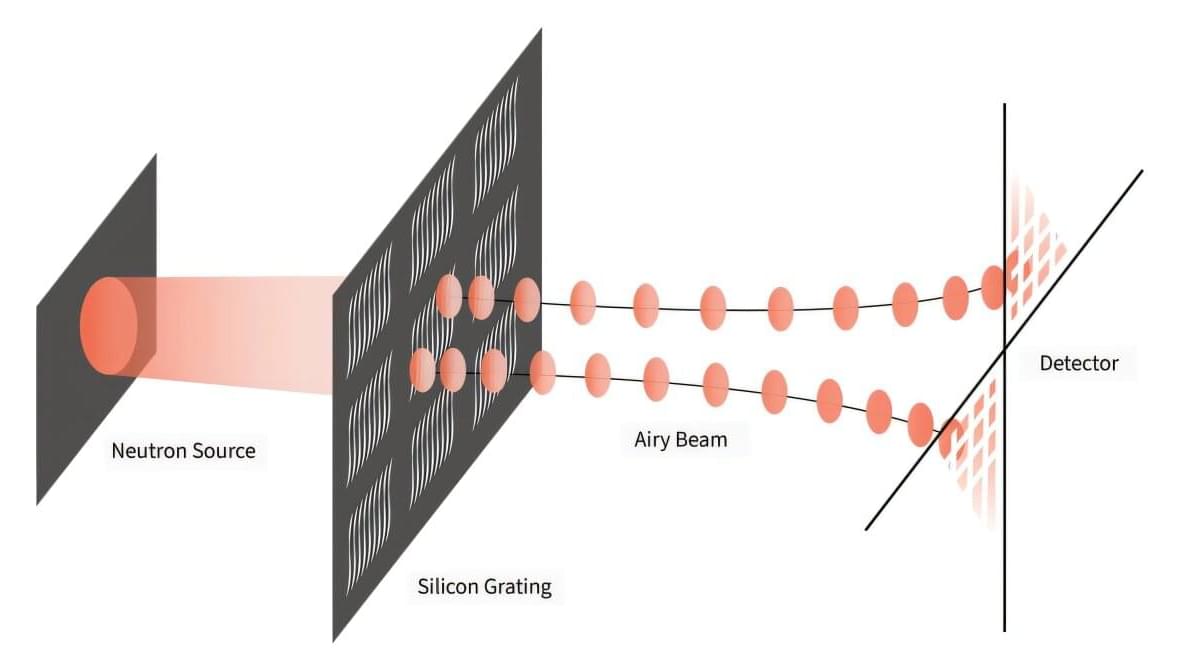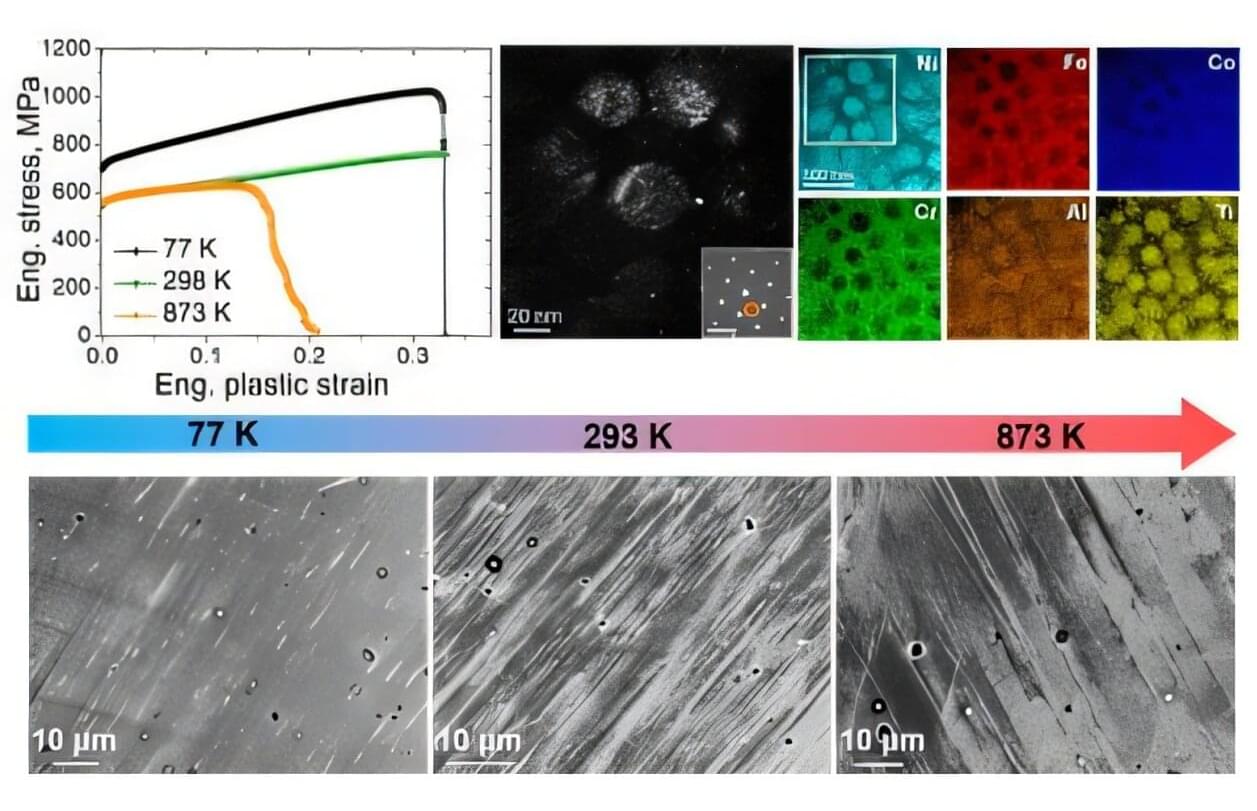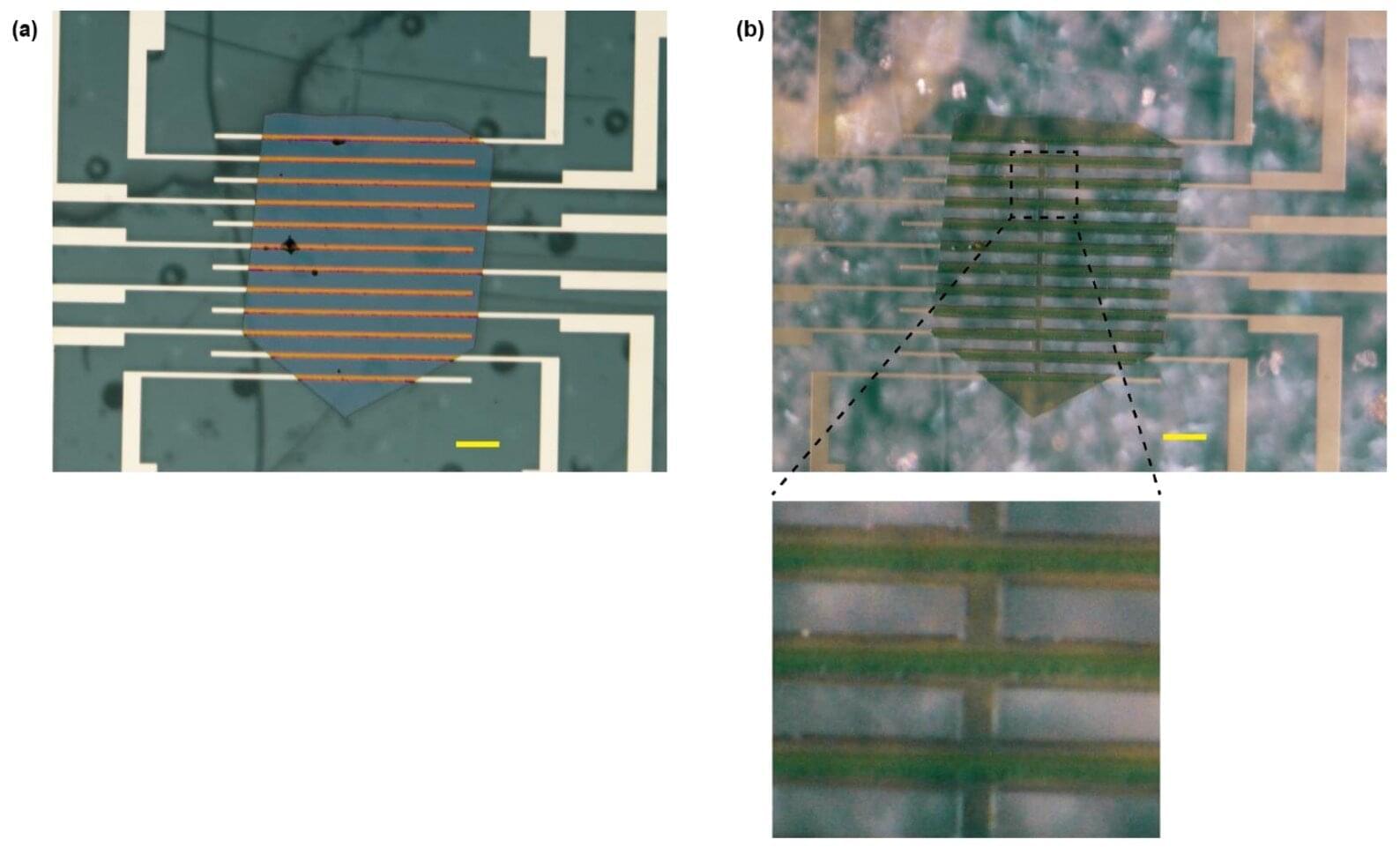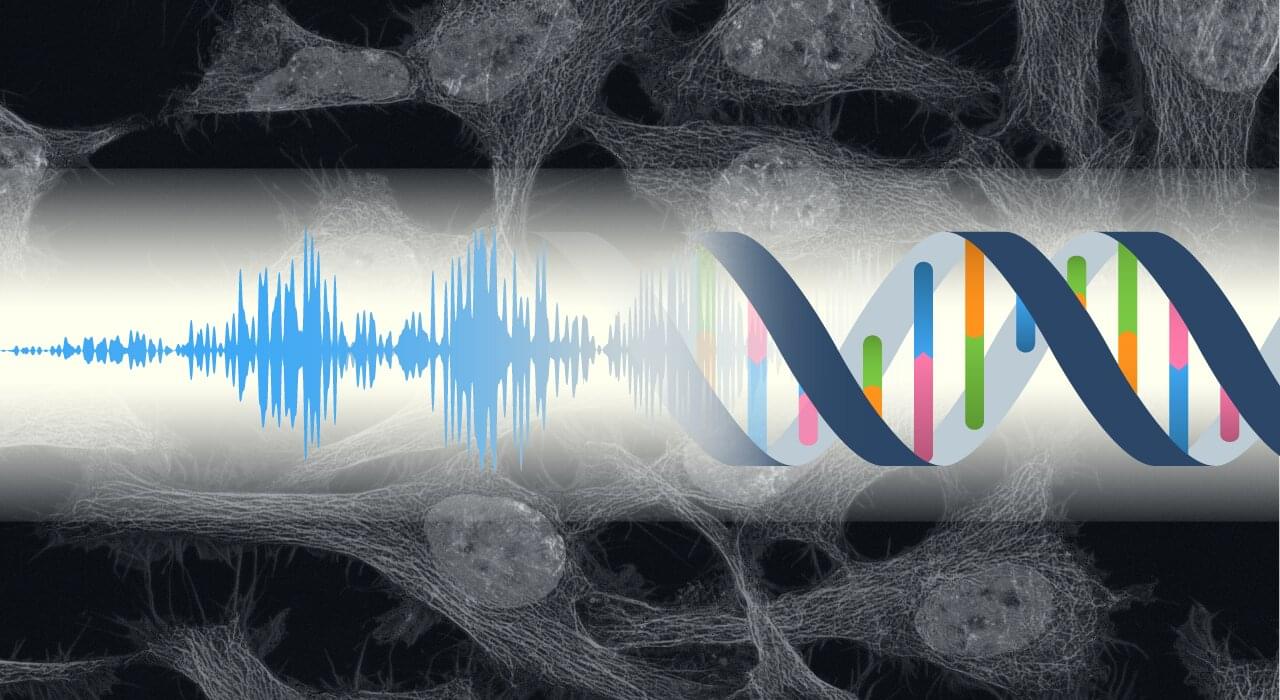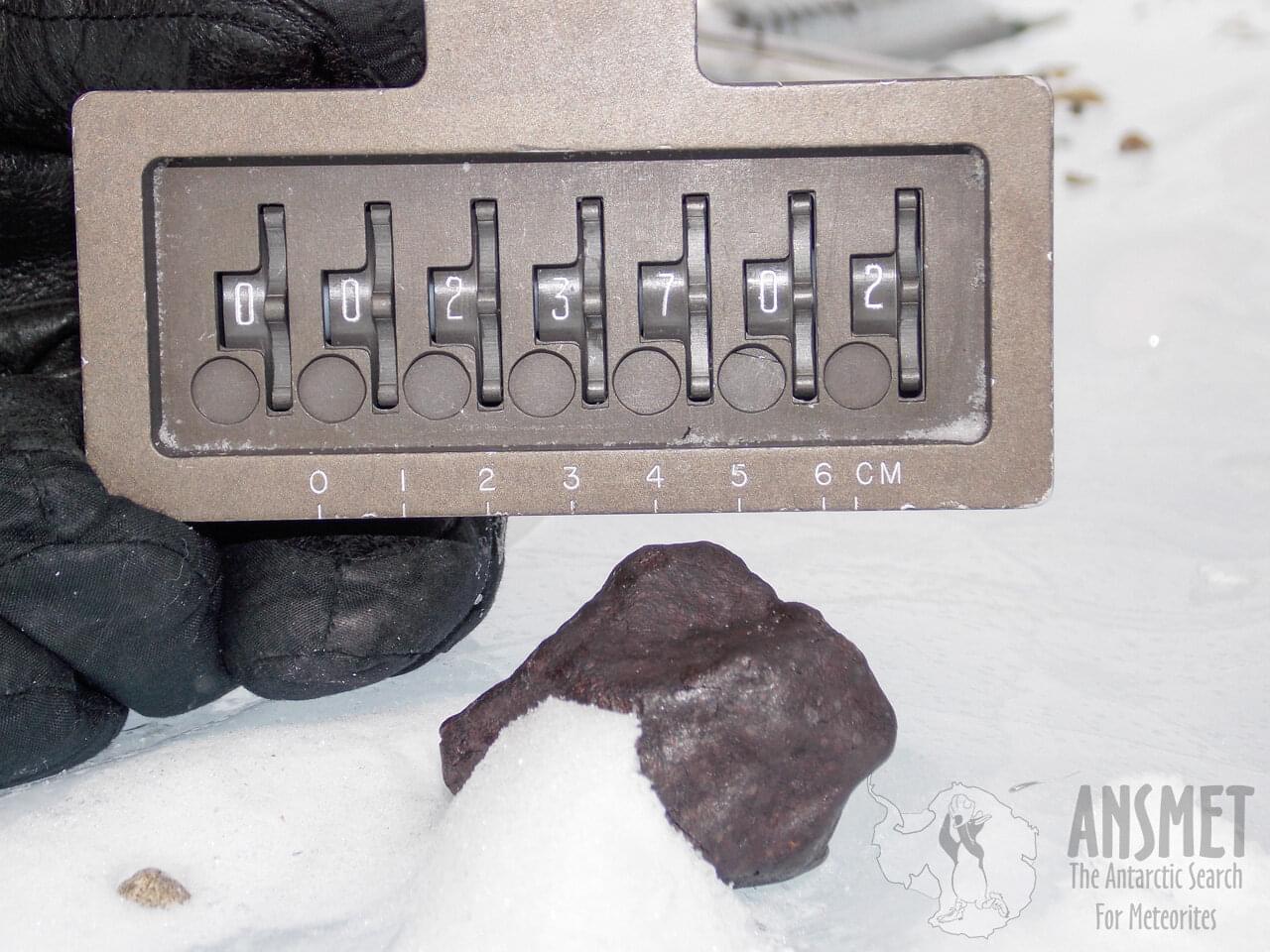To understand superconductors, researchers explore their behavior at the limits of superconductivity, such as at high temperature or under strong magnetic field. New experiments investigate superconductivity at the limits of thickness, finding unexpected vortex behavior in ultrathin films [1]. Using a high-resolution magnetic imaging technique, Nofar Fridman from the Hebrew University of Jerusalem and colleagues measured vortex sizes in superconducting samples of various thicknesses and found larger-than predicted vortices in films made up of six or fewer atomic layers. The results suggest that thin superconductors host two superconducting states: one in the bulk of the material, the other confined to the surface layers. This behavior challenges our present understanding of how superconductors behave.
When a superconductor is exposed to an external magnetic field, it generates electrical screening currents, which generate a counter magnetic field, explains team member Yonathan Anahory from the Hebrew University of Jerusalem. The net effect is the external field lines bend around the superconductor without penetrating the material.
However, the situation changes in thin superconducting films, where the material’s ability to completely expel magnetic fields is weakened. Instead of being fully excluded, the field enters the film through narrow columns, called vortices, around which superconducting screening currents flow. Inside each vortex, there is exactly one quantum of magnetic flux.

